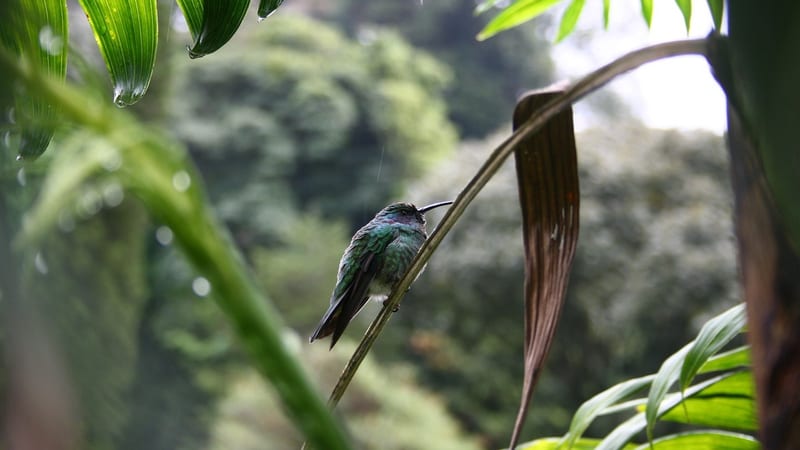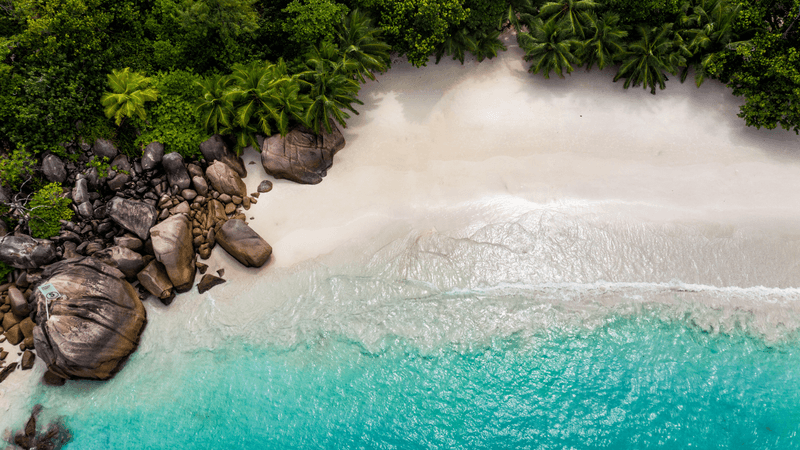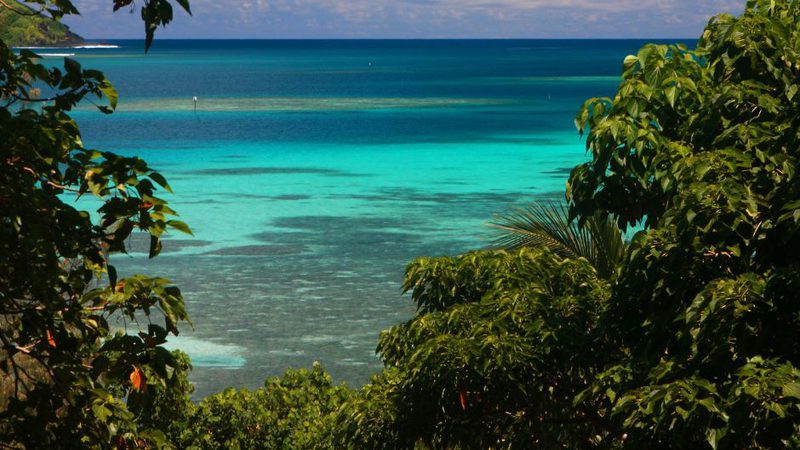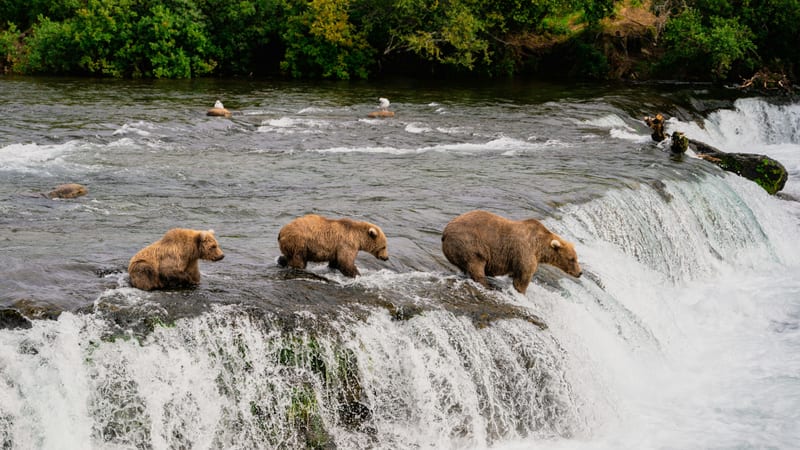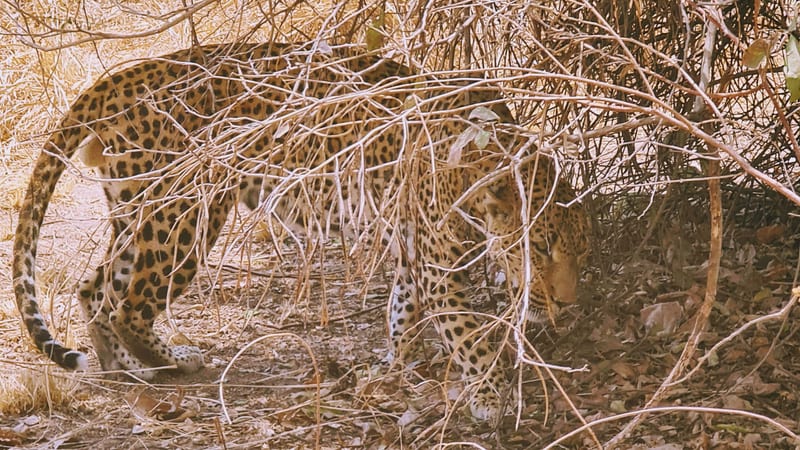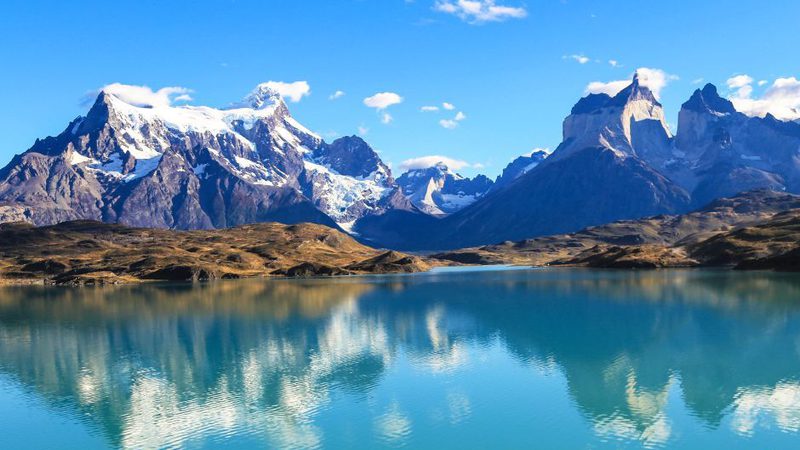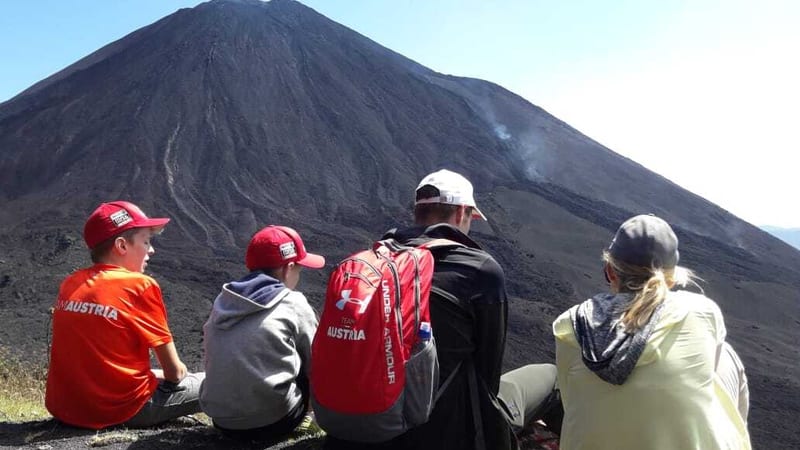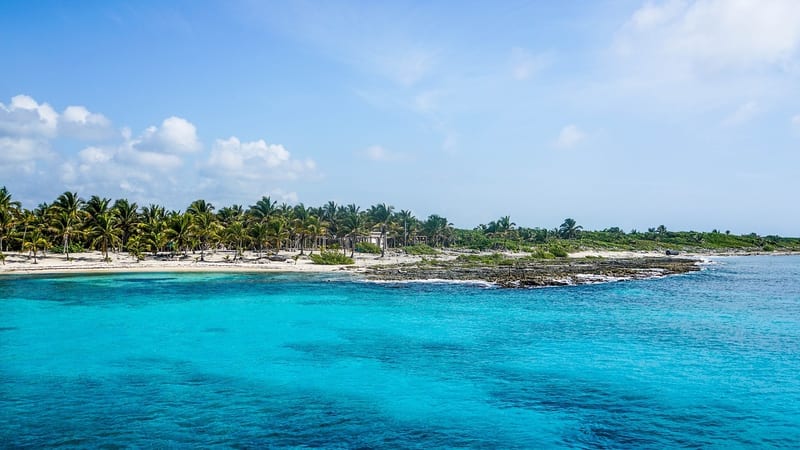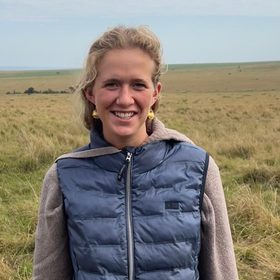On the edge of Arusha town, Arusha Coffee Lodge offers the perfect stopover before or after your Tanzanian Safari
Location: Tucked away on the western edge of Arusha Town, just a five-minute drive from Arusha Airport and roughly an hour from the Kilimanjaro International Airport, Arusha Coffee Lodge sits serenely within one of Tanzania's largest coffee plantations at the foot of Mount Meru. It's peaceful yet perfectly placed as a handy gateway to national parks or Kilimanjaro treks and just a 35-minute drive from Arusha town centre.
Rooms: The lodge's 30 charming Plantation Houses include 18 cosy Plantation Rooms and 12 more expansive Plantation Suites. Both types of accommodation are reminiscent of classic colonial plantation architecture but fitted with modern comforts: open log-burners, en-suite bathrooms with both bath and shower, verandas or private decks overlooking green coffee gardens, in-room safes, tea-and-coffee stations, hair-dryers, satellite TV and complimentary Wi-Fi.
Amenities: Facilities at Coffee Lodge include a relaxed à la carte restaurant and bistro, a snug lounge and bar centred around log fires, a swimming pool set amid lush gardens, a spa offering massages and beauty treatments, boutique shops and a 24-hour room service and a 24-hour room service and laundry option (both at additional cost). Guests can also unwind on garden terraces or enjoy warm pizzas from the on-site oven at the bistro.
Activities: For immersion with purpose, the lodge offers a fascinating "bean-to-cup" coffee tour through its own plantation complete with tasting. Other optional excursions include visiting Traders Walk (a centre of artisans, beaders and cafes), game drives to Arusha National Park (to spot monkeys, buffalo and birdlife) or Ngorongoro Crater for Big Five wildlife, Momella Lake canoe safaris, village bike tours, walking or running trails through the gardens - and child‑friendly play areas and babysitting services upon request.
Sustainability: While the lodge isn’t certified eco‑lodge, its very design is woven around one of Tanzania’s oldest functioning coffee estates - preserving rather than clearing the landscape. Guests learn about sustainable coffee production first‑hand on the coffee tour and supporting Traders Walk fosters social entrepreneurship and local handicrafts. Within the lodge, sourcing of local produce and limiting disruption to the plantation environment reflect a mindful approach. Plus, while coffee farming globally carries water and emissions concerns, shade‑grown estates like this can act as carbon sinks and maintain habitat integrity compared to full monocultures ; and as discussed more broadly, shade‑grown, organic and small‑holder systems often sequester carbon and support local economies better than intensive alternatives.
Best places to stay in Arusha
Arusha Trip Inspiration
When to visit Tanzania
Find out the best time to visit Tanzania with our month by month guide.
- Best
- Good
- Mixed
- Jan
- Feb
- Mar
- Apr
- May
- Jun
- Jul
- Aug
- Sep
- Oct
- Nov
- Dec
January
January is mixed when it comes to weather, temperatures rise whilst the chance of rain and humidity increases. It is still a good time to go, as the rates are lower yet the game viewing is still excellent.
- During this time migratory herds are in the Serengeti for calving season, meaning the Ndutu plains are busy.
February
The weather remains hot with a chance of rain in February.
- Meanwhile in the Ndutu Plains the migration is still occurring.
March
March is the calm before the storm, before heavy rains and humidity builds. Visitors can take great advantage of lower rates during the low season.
- Migrating herds start to leave Ndutu, heading West towards Grumeti.
April
April experiences continued periods of heavy rain, we would advise against travel due to the conditions.
May
During may there is periods of heavy rain, we would advise against travel due to the conditions.
June
June heralds the wet season, bringing lush green vegetation which can make spotting game more difficult. It is a particularly great time for birders as parks become populated by migratory birds especially in the South.
- Migration is still in the Grumeti area, heading north.
July
July is the start of peak season, temperatures reach up to 30 degrees and the surrounding land becomes drier and spotting game is becoming easier.
- The migration is in the Northern Serengeti moving towards Kenya.
August
August is peak season, with bush land drying out game spotting becomes much easier. If you want to experience Tanzania game at its best, August is the time to travel.
- The migration still remains in the north.
September
Peak season continues in September, the Northern circuit can be very busy, if you want to avoid crowds it's best to visit the southern parks.
- The end of the migration is still in the north with herds on both side of the Kenyan and Tanzanian borders.
October
Peak season continues into October with good game viewing in the Serengeti and southern parks.
- The migration has now crossed over into Kenya.
November
November is the start of the rainy season, the rains tend to be overnight so it is still a popular time to travel. During this month you can take advantage of low season rates.
- Migration crossing over into the Serengeti can be seen a the Tanzania and Kenya border.
December
Rains continue in December, whilst the temperature and humidity start to build. Venturing out on safari is generally good, with large game still easily spotted.
- Migrating herds in the north travel south back to Ndutu.
Speak to a Tanzania expert today
and start planning your tailor-made vacation

Alistair





